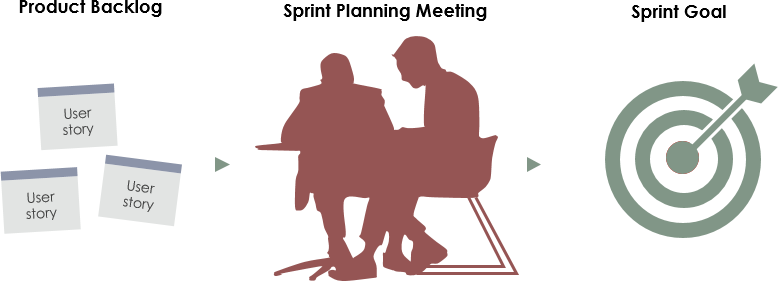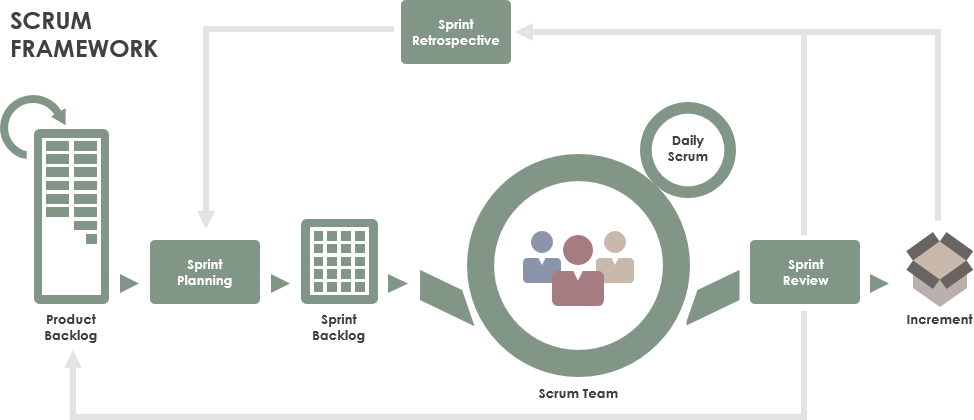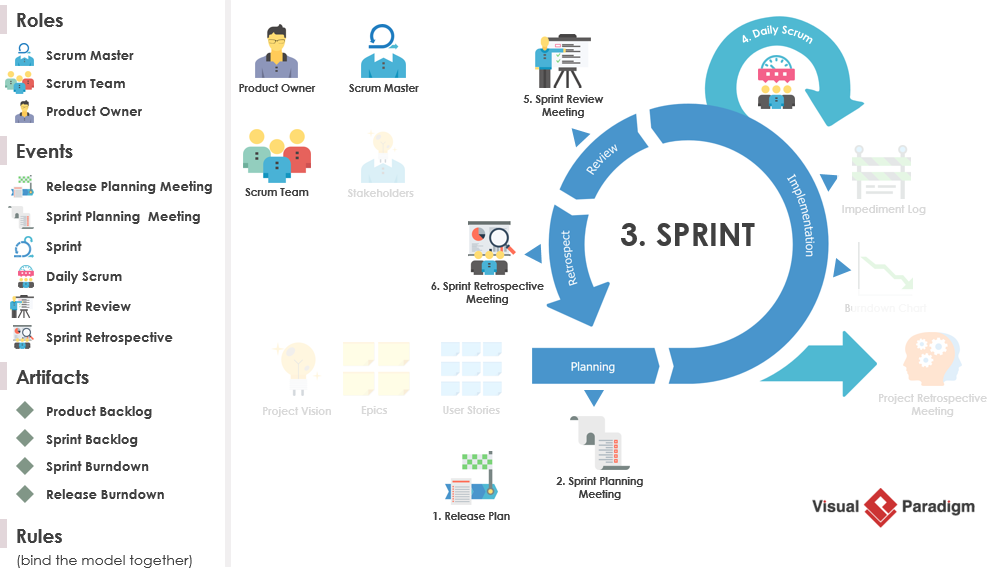The Sprint Retrospective occurs after the Sprint Review and before the next Sprint is scheduled. For a one-month sprint, this is a three-hour meeting at most. The retrospective meeting is basically an „improvement” meeting to find ways and means to identify potential pitfalls, past mistakes, and seek new ways to avoid them, with all people in attendance – product owners, Scrum Masters, development team members, and optionally with stakeholders.
Continue reading









